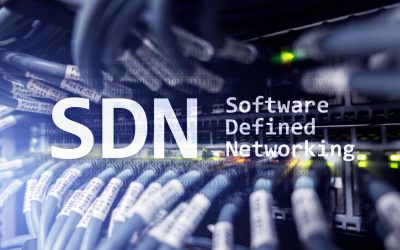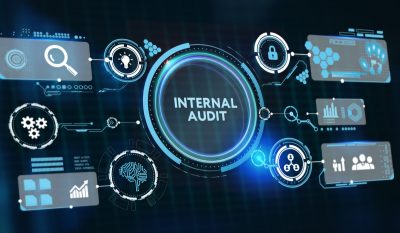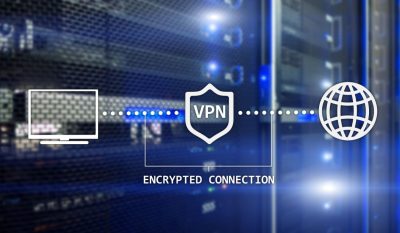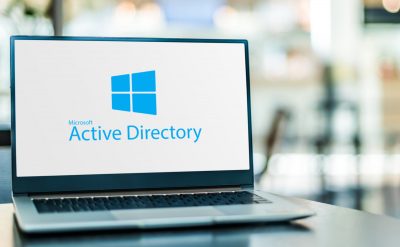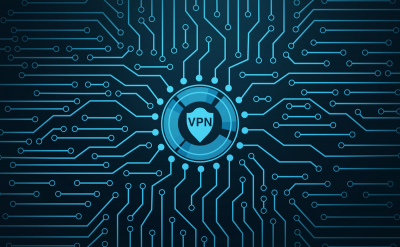Business networks are complex, and network performances can be disrupted for various reasons.
End-users often complain about poor network performance that may arise due to varied reasons. What’s concerning is that despite all efforts to ensure they run fine; some issues still crop up. But if an organization knows about such network problems and how they can affect their network, those issues can be rectified faster.
Here are some of the most common network issues faced by organizations.
1. Slow or no network
Employees and other users often complain that their network is running too slow. The network may typically be down due to congestion or some other reason. For example, a new application, such as video conferencing or an online video training module, may have been added. There can also be a case where a failing switch port or a link keeps the traffic stuck around the failure port and, thus, overload the other link.
There can be another speed issue wherein employees try downloading HD movies or heavy files while at work, keeping the network engaged for other important office tasks.
How to fix it?
One right way to fix this problem is to install a network monitoring tool. Other times, one can use the services of speed test websites that help conduct tests from remote servers. This can help spot congested areas on the ISP’s network.
An often-overlooked aspect of internet performance is DNS servers. When using incorrect DNS servers, one may face routing congestion or load balancing issues. Typically, one should use the ISP’s DNS settings at all possible times, but the chances are that they may be routing traffic through overloaded web caches. One can temporarily adjust the DNS settings to use OpenDNS instead.
2. Slow DNS Lookups
The DNS matches the common name used to match the server or service names with the Internet address through a network request. The matchup is stored in the system’s DNS cache for commonly used names, and the lookup also happens quickly. The matchup is preserved in a distant cache for the less commonly used names. It can be stored under the root server of the top-level name, such as .org, .com, or .uk.
Each DNS server along the path checks the cache before sending the request to the next server. The next server then checks its cache, which is a repetitive process. If the lookup process is slow, there could be a slow link along the path or an overloaded or slow server.
How to fix it?
Here comes the role of the local administrator. They are supposed to reconfigure the local router and shift all the requests to the faster chain of servers. Alternatively, one can ignore the server assigned by DHCP and configure the network devices to use their DNS servers.
3. Duplicate and static IP addresses
On a network, no two systems can share the same internet address. If there are duplicate internet addresses, neither of the two systems will be able to work reliably. The addresses for most network devices are assigned when Dynamic Host Configuration Protocol (DHCP) boots up the systems on the local network. It allocates different addresses from its pool to each system. Workstations receive addresses for a limited time frame and are not assigned a permanent address.
Before the time runs out, systems need to re-send a request and usually receive the same address. And in case the system shuts down without having sent the re-request and the time to do the same is over, it may not receive the exact address once it restarts.
Some network devices may also be allotted a static IP address by the DHCP administrator as external systems won’t be updated if there’s any change in the address. One issue is that users sometimes set up a private web server to support a hobby, allocating a static address without informing the network administrator. Both share a DHCP server in either an organization or a home network. In case the static address matches one assigned by DHCP, it disrupts the network.
How to fix it?
Often, the blame comes on the router’s default DHCP configurations. This DHCP is trying to assign a new device an address at the starting of the subnet, and another device can already occupy the low-numbered addresses with static IPs. Any new device or server within the network will have its DHCP server. To fix the problem, disable the DHCP server on the device to restore the sanity within the network.
4. Exhausted IP address
There is a limited supply of Internet addresses. Every service provider is given a limited number of addresses. The most familiar are IPv4 addresses because they were considered to be the most adequate for every system. But with the emergence of cell phones and other such devices, it’s been necessary to move IPv6 with 128-bit addresses for some networks.
How to fix it?
A widely used method to increase the supply of addresses is also Network Address Translation (NAT). It is a feature built into the routers. Each user is given a single Internet address allocated from a worldwide set of addresses. The internal DHCP server provides private addresses to the connected local network systems – generally Ethernet or wireless networks. This is how you create your local pool of Internet addresses that can be used numerous times and, thus, help save addresses.
5. Excess CPU use
When there is network trouble, one of the first things to use is the task manager. It is a great tool that can depict which application uses a high proportion of system resources such as CPU, memory, or disk space. This basic troubleshooting process may not reveal a problem as some of the applications may perform complex calculations, receive high-speed video, or interact with large databases. It is time to update the anti-virus software as viruses can also consume resources.
How to fix it?
The fastest way to improve performance is to stop and restart the application. It may also sometimes necessitate stopping and restarting the entire system. Improving the device drivers can also improve performance. And when Task Manager highlights the applications, you may as well discover some applications you did not know were running in the background; you can stop them. Editing startup files can eliminate this problem easily.
6. Poor physical nodes
One of the most common problems that break the network connection is physical connectivity issues. It happens when a network cable becomes damaged or knocked out loose. Cables might be added or removed from a switch, or chances may also be that other cables might accidentally get disconnected.
How to fix it?
It is easy to recover in any situation by discovering the problem. At first, it needs to be identified which cable is damaged. The segment of the network may clear this. Finding the problem along a cable stretching across the ceiling is a time-consuming process. Once the problem is identified, the user can easily fix it by connecting it again or getting it replaced by the networking professional.
Conclusion
There are several resources and methods to troubleshoot network issues, and many of them are free and built into most operating systems. There are also many networks monitoring tools available for user access.
Above all, it is good to be armed with a deeper knowledge of how the network works, and this is how you can be prepared inevitably. You can also take these points to train the end-users and help them troubleshoot the network problem themselves.





